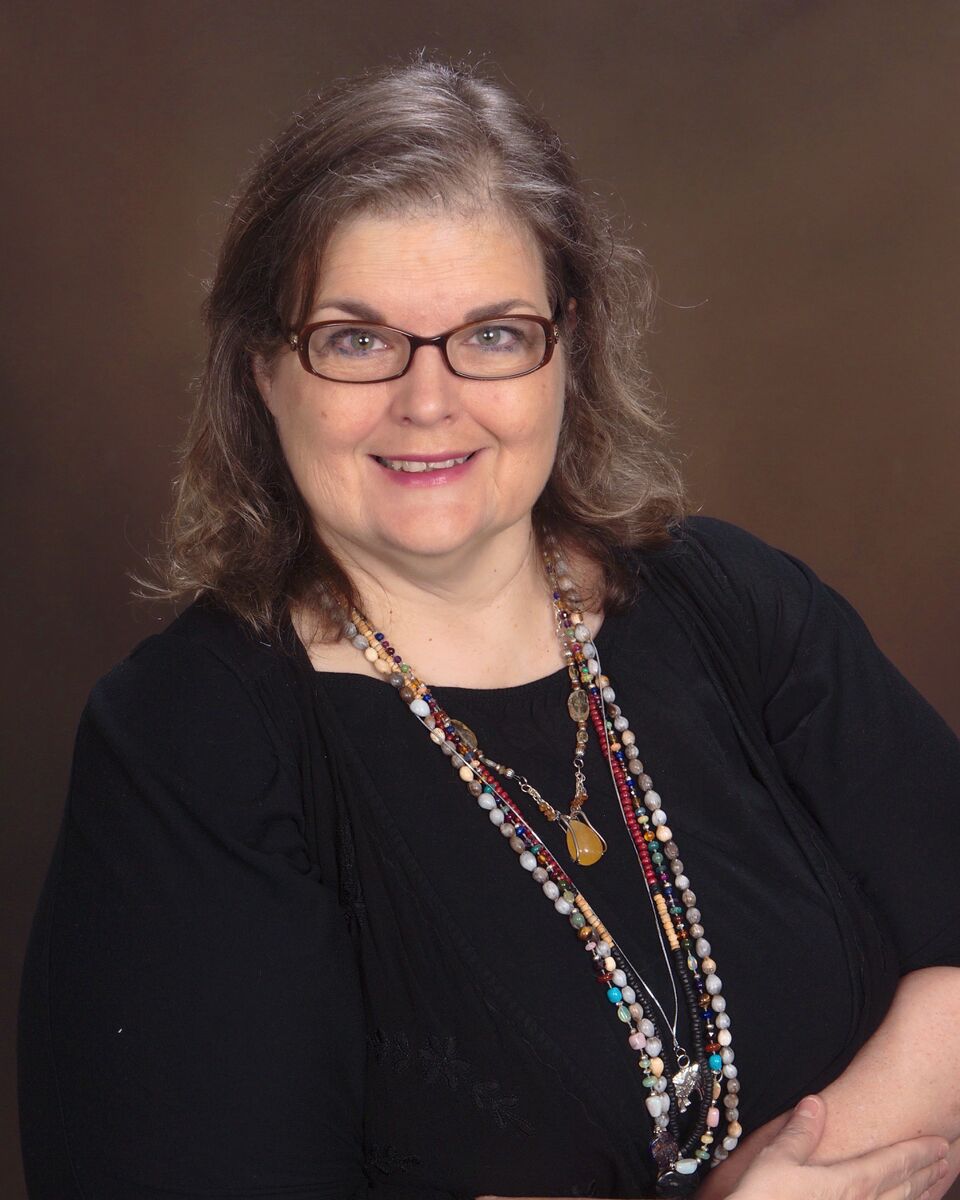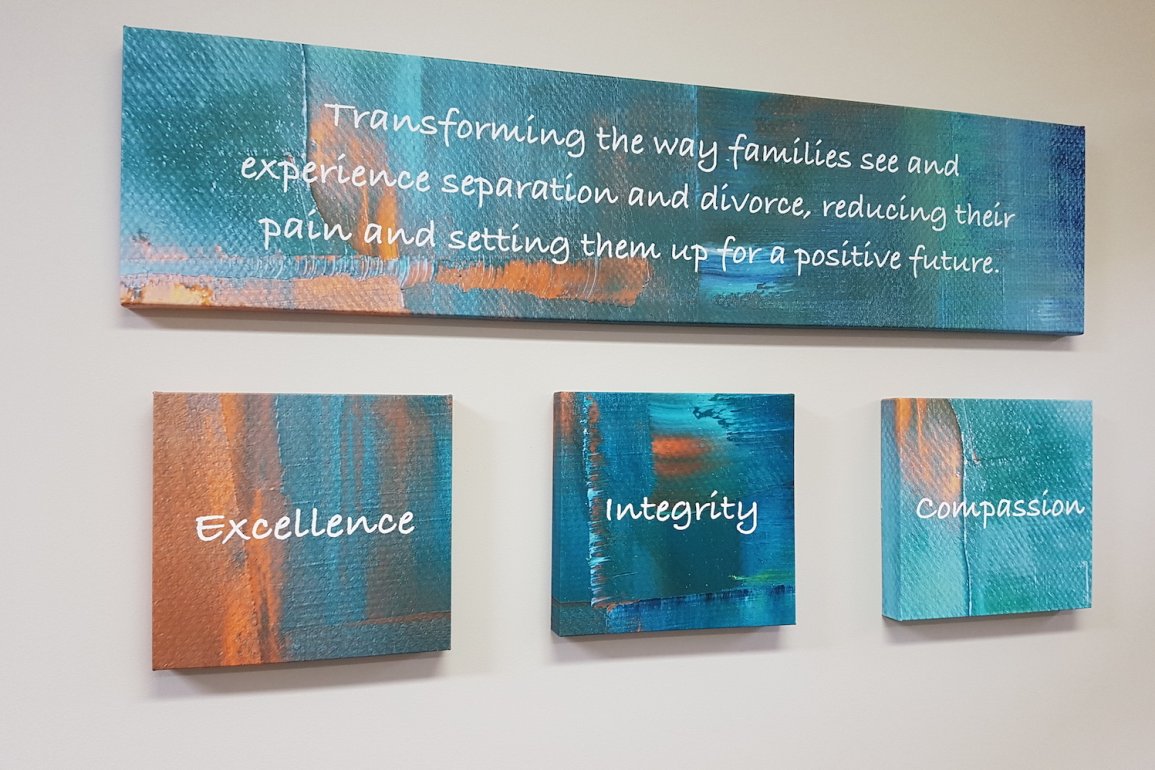By J. Kim Wright for Enlivening Edge Magazine
Part 1 is here.
Lately I’ve thought of all the sayings about the dangers of haste. When I wrote Part 1, I was in a rush between workshops and I wanted to meet a deadline. I was still experiencing jetlag, literally on the other side of the world from where I’d been days before. I had my head in the world of contracts and businesses and lawyers who worked with organizations. I failed to think of the good work that is being done in other areas of law.
As I have often said, Law is the DNA of society. It shapes everything, not just our organizational lives.
Law provides the framework that tells us what we can and cannot do, what is acceptable and what is not. Lawyers can be focused on the barriers or can be exploring how to build new structures and bridges across differences.
Australia
 Since I started with Australia in Part 1, I will start this postscript in Australia.
Since I started with Australia in Part 1, I will start this postscript in Australia.
While I was in Australia in February, I spent some time in Melbourne where I spoke about Values-Based Contracts at the law firm of MinterEllison, an event sponsored by the Victoria Women Lawyers. MinterEllison is a multinational firm based in Australia with offices in five countries and 15 cities. By number of Australian lawyers, it is the largest provider of legal services in Australia.
I was hosted by Geraldine Johns-Putra, a partner in the practice. Geraldine has aligned her work and purpose and has found that she is able to carry out that work within MinterEllison, and finds the partnership to be broadly supportive.
Melbourne is the home of a group called Changemakers in the Legal System. It is an initiative born out of the global collaborative legal practice movement. Made up of practitioners involved in a paradigm shift in legal practice and legal systems, the group is characterized by innovation, holistic solutions, and intrinsic values. They periodically host events and speakers.
Marguerite Picard is a member of Changemakers in the Legal System. Marguerite is one of the founders of MELCA, a multidisciplinary collaborative divorce practice. Collaborative practice is a process which seeks an amicable resolution in divorce cases.
At the entrance of the MELCA office, the wall features MELCA’s mission and values: transforming the way families experience separation and divorce, reducing their pain, and setting them up for a positive future. (1)
Marguerite arranged and hosted a dinner for 19 of us. It was a gathering of changemakers and pioneers in bringing new values to law. I would highlight some of the others but space doesn’t allow me to introduce everyone. Likewise, there are values and purpose-driven leaders and changemakers in many other areas of the continent. From problem-solving courts to restorative justice to sharing law, there is a lot more going on in Australia than I can report in one article.
In April, a regional conference will explore Therapeutic Jurisprudence. “TJ” is a holistic, interdisciplinary perspective that focuses on the law’s impact on the emotional and psychological health of the participants, clients, lawyers, and judges. It spans many stages of the development of consciousness, with academics involved in research and writing about the legal system and addiction, mental health, disabilities, and more.
TJ practitioners and researchers challenge laws that negatively impact those who lack power or competency; they also create new models that work better for all, not a chosen few. Their research was at the heart of the creation of the Problem-Solving court movement.
The goal in TJ is to bring a therapeutic lens into law practice, and it focuses on listening to participants with an awareness of the psychological and emotional issues including stress, confidence, and trust.
New Zealand
 I haven’t been to New Zealand but I must mention their global leadership in Therapeutic Jurisprudence, Restorative Justice and Problem-Solving Courts.
I haven’t been to New Zealand but I must mention their global leadership in Therapeutic Jurisprudence, Restorative Justice and Problem-Solving Courts.
TJ was a core component of the development of the Problem-Solving Court model. In our complex society, courts are increasingly being asked to address social problems that are not compatible with the traditional system of adversarial justice and punishment.
Recurring problems —such as drugs, homelessness, domestic violence, child neglect and abuse, mental illness, driving while intoxicated—come before courts every day. Veterans returning from war zones return traumatized and often can’t fit into society. Problem-solving courts attempt to address the recurring problems which lead to the criminal offense.
Brazil
 As noted earlier, Brazil is on the cutting edge. One of the evolutionary advancements in law that is developing in Brazil is the use of systemic constellations.
As noted earlier, Brazil is on the cutting edge. One of the evolutionary advancements in law that is developing in Brazil is the use of systemic constellations.
Systemic constellations work with issues in human systems. Developed by a German psychotherapist, Bert Hellinger, they started with a focus on family systems, revealing hidden patterns that influence the structure and relationships of the family. Over time, the process has been applied to other human systems, including organizations.
A judge in the Brazilian state of Bahia is the pioneer in bringing systemic constellation work to the legal system. While some European lawyers use systemic constellations, I’m not aware of any other place where the process has been institutionalized into the court system. I’m excited to learn more when I visit Brazil in August, 2019.
Some themes in the development of consciousness within people concerned with legal systems are global rather than regional. These are just a few examples.
Spirituality
 For twenty years, lawyers have been taking me aside to quietly share their spiritual lives.
For twenty years, lawyers have been taking me aside to quietly share their spiritual lives.
The profession and the society have not been open to the integration of consciousness and law. That seems to be changing.
Elaine Quinn, whom I first met in Australia but now lives in the UK, publishes an international on-line magazine called The Conscious Lawyer. In Australia, Chamundai Curran, is openly teaching spirituality, joy, and Laughter Yoga, to lawyers; Nancy Bryla operates The Light Lawyer; Virginia Warren is known as the Zen Lawyer; and Sandy Wright teaches meditation at the Inner Journey Centre for Conscious Living. Chamundai and I gathered a few “spiritual lawyers” in Melbourne and plans are afoot for Chamundai to host a global call.
Supporting Transition
 Above, I mentioned that MELCA approaches divorce in an amicable and multidisciplinary way. Originating in the US, the Collaborative Practice model has spread to dozens of countries and there are tens of thousands of lawyers trained in the model. Even more are trained in various models of mediation and other peacemaking approaches.
Above, I mentioned that MELCA approaches divorce in an amicable and multidisciplinary way. Originating in the US, the Collaborative Practice model has spread to dozens of countries and there are tens of thousands of lawyers trained in the model. Even more are trained in various models of mediation and other peacemaking approaches.
For some reason, many integrative lawyers find themselves working with families. Perhaps it is that family transitions can be so painful while also offering so many opportunities for transformation.
Lawyers who are expanding their consciousness and their toolboxes can find good use for the new skills in working with families.
Australian Peter Lustig has been a collaborative practitioner and also active in the Mankind Project and other personal transformation programs. (The Mankind Project is an adult male rite of passage program “changing the world one man at a time.”)
Pete’s merging the two roles and toolboxes into a practice focused on making powerful and conscious life transitions. He says that transitions are “so rich with textural depth and context, ripe for learning and growth, and almost inevitably with legal ramifications (never the cause, only symptomatic!)” (2)
Global Movement of Earth Law
 What is the Teal response to the environmental crisis? There is a global movement in Earth Law, aka Earth Jurisprudence, Wild Law, and various other names. See for example the sources linked below. (3)
What is the Teal response to the environmental crisis? There is a global movement in Earth Law, aka Earth Jurisprudence, Wild Law, and various other names. See for example the sources linked below. (3)
Earth Law is less about the typical environmental regulations about how much toxic waste can be emitted into the water supply, and more about interconnectedness with earth and wholeness.
From South African author Cormac Cullinan, Wild Law: A Manifesto for Earth Justice, 2011:
I know that “wild law” sounds like nonsense—a contradiction in terms. Law, after all, is intended to bind, constrain, regularize and civilize. Law’s rules, backed up by force, are designed to clip, prune and train the wilderness of human behavior into the manicured lawns and shrubbery of the civilized garden.
“Wild”, on the other hand, is synonymous with unkempt, barbarous, unrefined, uncivilized, unrestrained, wayward, disorderly, irregular, out of control, unconventional, undisciplined, passionate, violent, uncultivated, and riotous. (…)
A wild law is a law to regulate human behavior in order to protect the integrity of the earth and all species on it. It requires a change in the human relationship with the natural world from one of exploitation to one of democracy with other beings. If we are members of the earth’s community, then our rights must be balanced against those of plants, animals, rivers and ecosystems.
In a world governed by wild law, the destructive, human-centered exploitation of the natural world would be unlawful. Humans would be prohibited from deliberately destroying functioning ecosystems or driving other species to extinction”.
Earth Law includes subsets such as ending ecocide and recognizing rights of nature. Just as homicide is the killing of a person and is recognized as illegal, the “ending ecocide” activists are seeking to have ecocide—the destruction of an ecosystem—declared to be a crime as well.
“Rights of Nature” recognizes that ecosystems and natural communities are entities that have an independent right to exist and flourish. If corporations can be people, why not rivers, mountains, and ecosystems?
Some examples: New Zealand’s Whanganui River was granted the same legal rights as a person. The Constitutional Court of Colombia recognized the Atrato River’s rights to “protection, conservation, maintenance and restoration”, and established joint guardianship for the river shared by indigenous people and the national government. Ecuador recognizes rights of nature in its constitution and Bolivia recognizes rights of nature by legislation. There is a timeline of developments at https://therightsofnature.org/timeline/.
As I finish this second segment on developments in Integrative Law around the world, I am still left with the sense that I’ve left out too many people and initiatives.
Lawyers are doing amazing purpose-based and values-based work around the world. From fighting for human rights in courts to sharing law to nonviolent communication, the spectrum includes the Teal-stage lawyers and their Green-stage comrades. The modern legal profession is indeed redesigning the global societal DNA.
Why not contribute any examples you know of, in a comment below?
References:
(1) The Featured Image of this article is a picture of the wall.
(2) Quoted with permission from a personal email. See https://www.linkedin.com/in/peter-lustig-b0188117/?originalSubdomain=au or https://www.monash.edu/law/research/centres/castancentre/careers-guide/testimonials/peter-lustig#content x
(3) Here are some places to explore:
https://www.gaiafoundation.org/what-we-do/earth-jurisprudence/
http://therightsofnature.org/ https://www.earthlawcenter.org
https://www.youtube.com/watch?v=eqyuqFvkxXI

J. Kim Wright is the author of two American Bar Association best sellers: Lawyers as Peacemakers, Practicing Holistic, Problem-Solving Law and Lawyers as Changemakers, The Global Integrative Law Movement. A lawyer since 1989, she is a systems change architect for the legal profession. She is an American nomad. http://www.jkimwright.com




